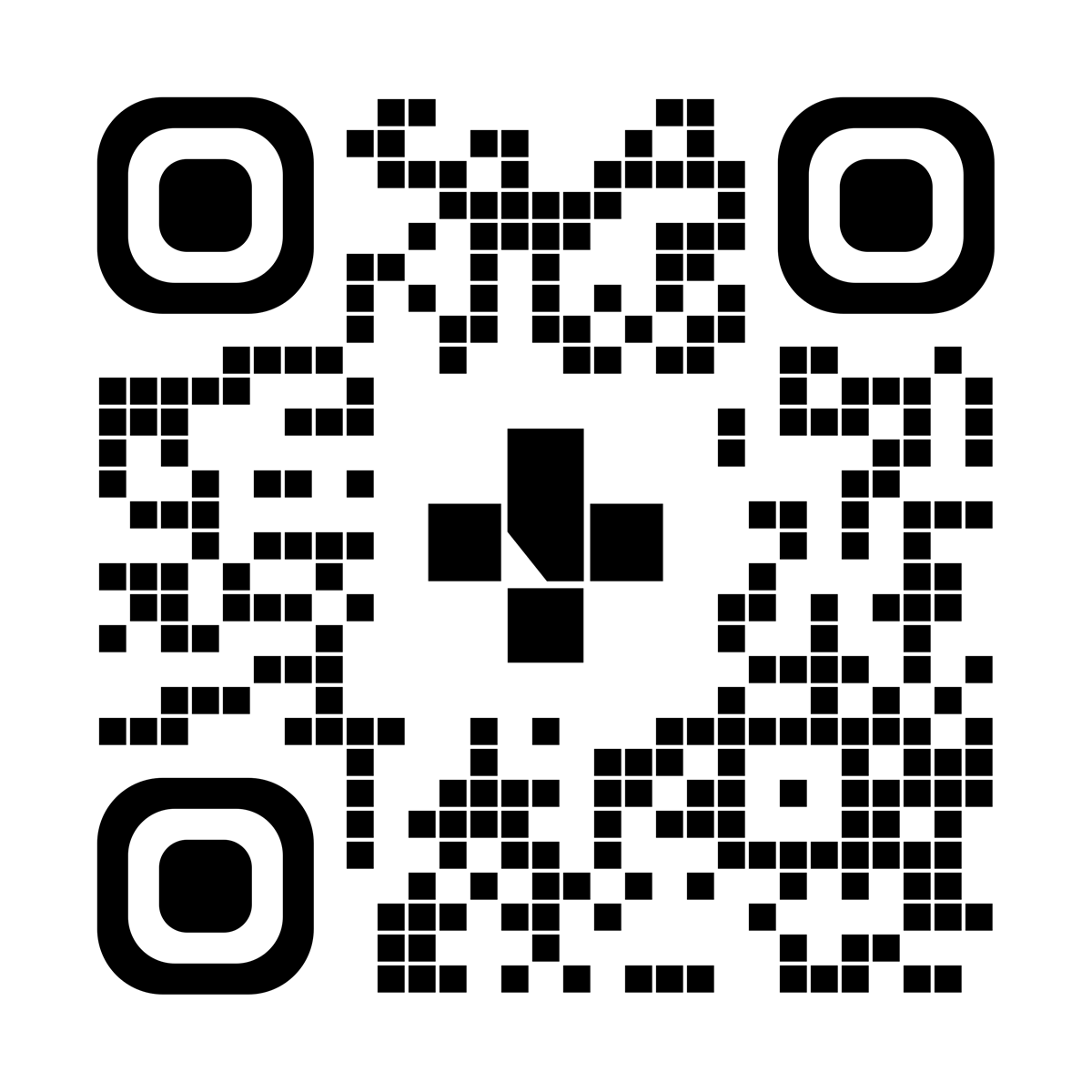Home Ventilator and BPAP
Learning about making an emergency medical plan
Emergencies and disasters can happen at any time. It’s important to have an emergency plan in place before anything happens.
If you use a home ventilator or BPAP (bi-level positive airway pressure), you also need an emergency medical plan. This plan makes sure you have what you need to continue using your ventilator or BPAP during an emergency.
Use these tips as you make your plan, and always follow the instructions from your doctor or other healthcare provider.
Basic information
Your emergency medical plan should include basic information:
- A list of all your ventilator or BPAP supplies, equipment, and equipment settings.
- When and how you use your equipment: If you use a ventilator, bring your Respiratory Outreach Program information booklet with you.
- Your most current ventilator or BPAP prescription.
- Your most current oxygen prescription, if you use oxygen.
Emergency contacts
Add the following contact information to your emergency medical plan and cellphone:
- Respirologist (lung specialist doctor).
- Family doctor.
- Respiratory Outreach Program (only if you use a ventilator).
- Homecare case manager.
- BPAP or home oxygen company.
Equipment and supplies
How to use
Know how to use all your home ventilator or BPAP equipment. Practice if you need to.
Teach a support person in your home how to use your ventilator or BPAP in case you need help.
What to bring
Teach a support person to gather and transport all your equipment safely if you can’t do it yourself.
Have all your equipment ready to take with you in case you need to leave your home.
- Ventilator or BPAP and power cord.
- Ventilator external battery packs, if you use a ventilator.
- Circuit, tubing, and connectors.
- Mask, mouthpiece, or both.
- Suction machine and catheters.
- Manual resuscitator or bagger if you need it.
- Any other medical equipment you need.
Power needs
Be prepared to keep your equipment working if the power goes out:
Ventilator
- Keep your ventilator plugged in to charge the battery for back-up use when needed.
- Know how long your ventilator battery will last.
- Plan where you’ll get power safely before your ventilator battery runs out.
BPAP
- Remember that BPAP machines do not have batteries and must be plugged in to power when you use them.
- Plan where you’ll get power safely for your BPAP if the power goes out.
- Consider getting a generator so you have power for your BPAP in an emergency.
To see this information online and learn more, visit https://MyHealth.Alberta.ca/health/AfterCareInformation/pages/conditions.aspx?hwid=custom.ab_homevent_bpap_emergencyplan_inst.

Current as of: January 25, 2023
Author: Medicine SCN Respiratory Section, Alberta Health Services
This material is not a substitute for the advice of a qualified health professional. This material is intended for general information only and is provided on an "as is", "where is" basis. Although reasonable efforts were made to confirm the accuracy of the information, Alberta Health Services does not make any representation or warranty, express, implied or statutory, as to the accuracy, reliability, completeness, applicability or fitness for a particular purpose of such information. Alberta Health Services expressly disclaims all liability for the use of these materials, and for any claims, actions, demands or suits arising from such use.
